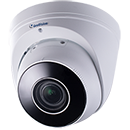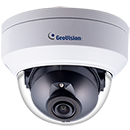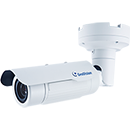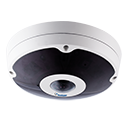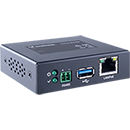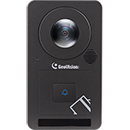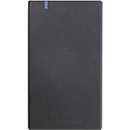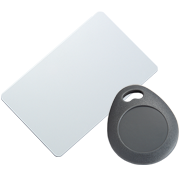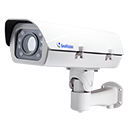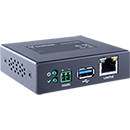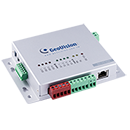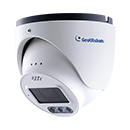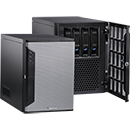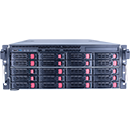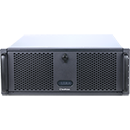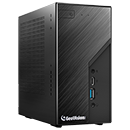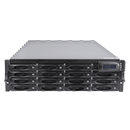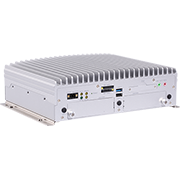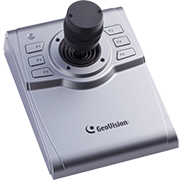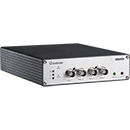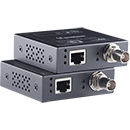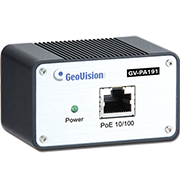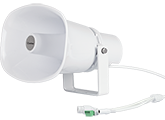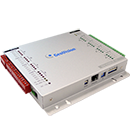
The latest advances in AI, big data and machine learning are further improving video analytics’ capabilities. What video technology does is that it utilizes facial and behavior recognition to spot potential threats.
Outdoor events like concerts and sports games tend to have a large crowds, and video technology plays a critical role in securing these events. Video content analysis technology can be trained to recognize “signs of problematic behavior. In addition, surveillance cameras may be pointed at certain areas to keep an eye on unauthorized entry, exceedingly high foot traffic or extended lingering time.
The video technology is usually integrated with other services so that a follow-on action will be triggered after potential threats are detected. Proactive alerting, triggering calls to action in response to suspicious or anomalous behavior, enhances the overall efficiency of the security team.
Video surveillance also increases security personnel’s “situational awareness.The idea is to mount cameras on various locations so that people can have a better grasp of what’s going on in the area. Machines can do what humans can’t. The continuous, ongoing surveillance provided by cameras minimize the risk of “human error and distraction.
Facial recognition’s role
Facial recognition plays a critical role in video analytics. Proliferation of better-quality cameras and advances in video analytics technology have helped to improve the accuracy of facial recognition.
One security application is feeding the video analytics engine with photos of suspects or past offenders. When these people’s faces are spotted by the cameras, security personnel can be dispatched quickly to detain them so as to prevent misconducts or criminal behaviors in advance.
Facial recognition technology can be used not only to identify criminal suspects, but also VIP guests, to ensure important visitors are being properly engaged and ushered around as needed.
As facial recognition is still relatively new and not yet widely adopted, different countries have different policies and rules on the technology’s use. Nonetheless, event organizers should consider “how the technology can be used in ways that ensure fairness, transparency, accountability and privacy compliance, while maximizing public safety.
Bottleneck at the event
Big data is also at play. Data collected by video sensors help to “map out activity trends and discover insights” to improve security readiness and response.
One of the challenges that event organizers encounter is crowdedness tend to occur at the entry point and beyond. Vehicle congestion in the surrounding area and long queue in front of the entry form “bottlenecks”.
Video analytics may address this problem by collecting traffic flow data over time, before coming up with optimized pedestrian or vehicle navigation routes to ease the traffic. This not only improves guest experience, but also enhances the security, “evacuation and security dispatch routes to accelerate emergency responses” can be planned in advance.

This information can also be used to understand staffing requirements, ensuring that crowds are guided through the event, queues and bottlenecks are prevented and employees are upholding safety regulations.
In summary, cameras and video analytics play a large part in securing outdoor events. The embedded AI helps to identify suspicious behavior, people or other anomalies, which then immediately trigger response actions to ensure security. Cameras also help to collect traffic flow data so as to design navigation routes to prevent congestion. This not only enhances guest experience, but also improves overall security.
How advanced video surveillance can combat terrorist threats
Terrorist attacks on large crowds are a reality security professionals need to be prepared for. Deep learning-based video surveillance technology can help counter these types of threats. Advanced surveillance camera technology can be used to investigate suspicious behavior and prevent terrorist attacks on public places.
The U.S. Department of Homeland Security lists some out-of-place scenes that security cameras should be set to identify: vehicles parked near areas with high pedestrian traffic, individuals wearing unseasonably bulky clothes and individuals attempting to enter restricted areas or entrances as patrons are leaving.

After receiving a bomb threat, the standard security practice is to initiate a search of the entire event space to locate the potential explosive device. If a suspicious package is detected, event operators can use camera footage to determine if the package has been deliberately placed or is merely unattended.
Security professionals are realizing the importance of advanced video surveillance. IHS Markit figures show global shipments of network camera reached 108 million in 2018. IHS Markit estimates sales will go beyond 120 million in 2019 and 140 million in 2020. The share of high-megapixel cameras is expected to increase as well.
“As the number of camera shipments increases, a better way of analyzing and assessing the captured video is needed. As conventional methods fall short of enabling the needed analysis, deep learning – which mimics the human brain to learn from and understand the world through a hierarchy of concepts – offers a potential solution.
Deep learning allows security personnel to intelligently search through large amounts of recorded video for a crucial piece of information that may be contained in only a few frames. In a police investigation, this has the potential to save hundreds of hours of officers’ time. Searchable analytics are therefore penetrating markets such as city surveillance, which historically searched video manually.
Adapted from a&s Magazine
